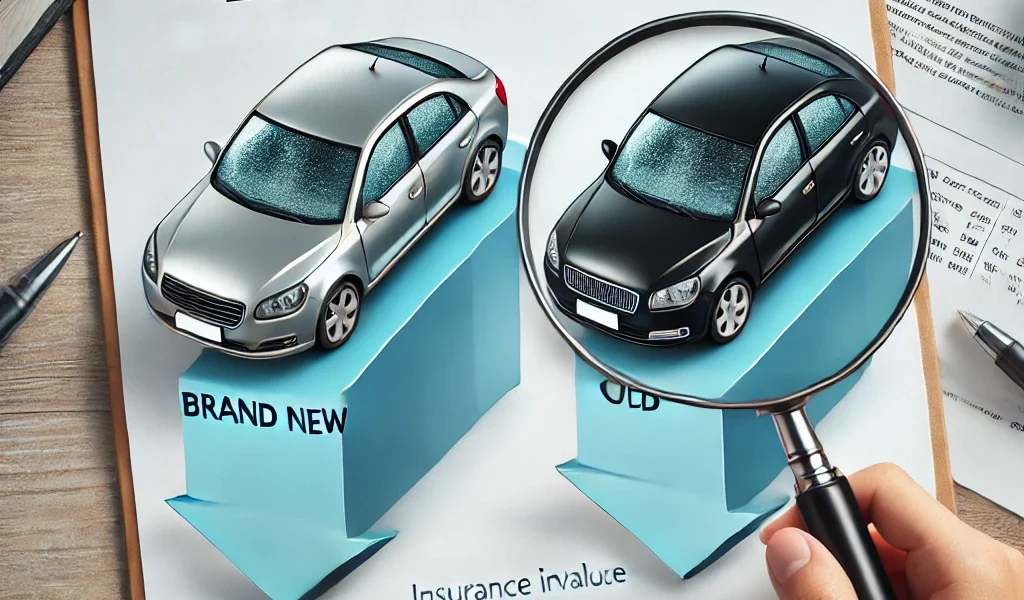When filing an insurance claim, policyholders often come across the term depreciation, which can significantly impact the claim payout. Understanding how depreciation works in insurance claims is crucial to ensure you receive a fair settlement.
This DIY guide will walk you through what depreciation means, how insurers calculate it, and strategies to minimize its impact on your claim.
1. What is Depreciation in Insurance Claims?
Depreciation refers to the reduction in value of an asset over time due to factors such as age, wear and tear, and obsolescence. Insurers use depreciation to determine the current value of damaged or lost property when settling claims.
Key Points About Depreciation:
- Applies to home, auto, and personal property claims.
- Reduces the payout amount unless you have replacement cost coverage.
- Calculated based on the useful life of the item and its age at the time of loss.
2. How Insurers Calculate Depreciation
Insurance companies follow a formula to determine depreciation, which impacts how much you receive after a claim.
Depreciation Formula:
Example Calculation:
- A roof with a replacement cost of $10,000 has a useful life of 20 years.
- If the roof is 10 years old, depreciation would be:
- The insurer may deduct $5,000 from your claim, leaving you with only $5,000 unless you have replacement cost coverage.
3. Types of Insurance Policies and Depreciation Impact
Understanding your policy type is essential when dealing with depreciation in claims.
1. Actual Cash Value (ACV) Policy:
- Payout = Replacement Cost minus Depreciation.
- Lower premiums but smaller claim payouts.
- Example: If your 5-year-old TV costs $1,000 new but depreciates by $100 per year, the insurer may only pay $500 after a claim.
2. Replacement Cost Value (RCV) Policy:
- Payout = Full replacement cost without depreciation.
- Higher premiums but better coverage.
- Example: Your insurer reimburses the full $1,000 to buy a new TV of the same type, rather than paying the depreciated value.
4. Factors That Affect Depreciation in Claims
Several factors determine how much depreciation insurers apply to your claim:
- Age of the Item: Older items have higher depreciation deductions.
- Wear and Tear: Poor maintenance can lead to increased depreciation.
- Market Value Changes: Some assets, like electronics, depreciate faster than others.
- Material and Construction: Higher-quality materials often depreciate more slowly than cheaper alternatives.
5. How to Minimize Depreciation Impact on Your Claim
You can take proactive steps to reduce the effect of depreciation when filing a claim:
1. Choose Replacement Cost Coverage (RCV)
- Opt for an RCV policy rather than an ACV policy for higher payouts.
- Verify that your policy includes full replacement cost coverage for major assets.
2. Keep Detailed Records
- Maintain receipts, warranties, and photos of valuables.
- Regularly update an inventory list of your home, auto, or business assets.
3. Maintain and Repair Assets
- Well-maintained items typically depreciate slower than neglected ones.
- For home insurance, schedule roof and plumbing inspections to prevent excessive depreciation claims.
4. Challenge Unfair Depreciation Deductions
- Request a detailed breakdown of how the insurer calculated depreciation.
- If you disagree with the insurer’s estimate, get an independent appraisal.
- If necessary, negotiate the depreciation deduction with your insurer.
6. Depreciation and Special Types of Insurance Claims
Different types of insurance claims handle depreciation in unique ways.
Homeowners Insurance
- Roofs, appliances, and furniture depreciate significantly.
- Some policies offer recoverable depreciation, where the insurer reimburses depreciation if you repair/replace the item.
Auto Insurance
- Cars depreciate quickly, affecting payout values.
- Gap insurance helps cover the difference between ACV and loan balance for new cars.
Business Insurance
- Commercial property depreciation can impact business interruption claims.
- Keeping business assets in good condition can reduce depreciation deductions.
7. Recoverable Depreciation: Getting the Full Payout
Some policies allow you to recover depreciation after repairs or replacements are made.
How Recoverable Depreciation Works:
- Insurer initially pays the depreciated amount (ACV).
- You submit proof of repair or replacement (e.g., receipts).
- Insurer reimburses the remaining depreciation amount.
✔ Example: If your furniture claim is $2,000 but depreciated to $1,200, you may receive the extra $800 after replacement.
Final Thoughts
Understanding depreciation in insurance claims helps you make informed decisions and maximize your claim payout. Whether you’re dealing with home, auto, or business insurance, knowing how insurers calculate depreciation can prevent unpleasant surprises and ensure fair compensation.




